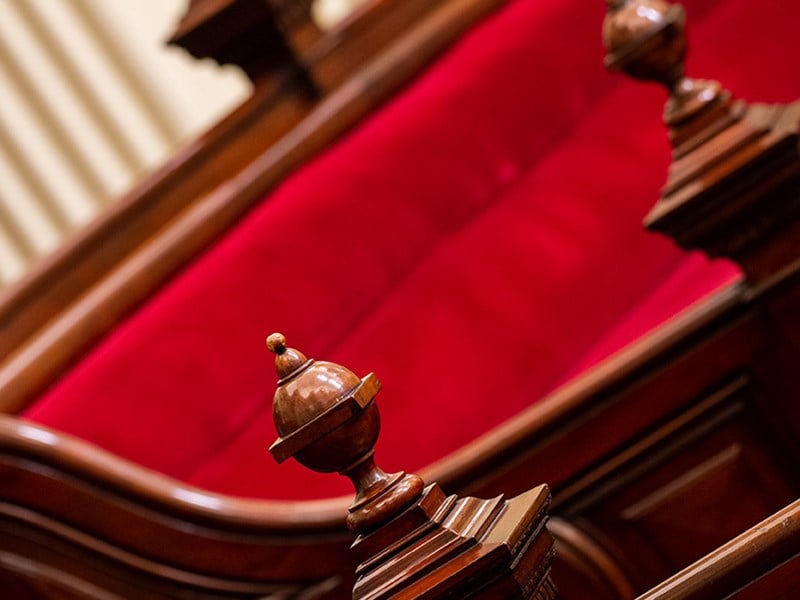- Home /
- News /
- General news
Parties divided on proposals for electoral reform
3 July 2025

Victoria’s major political parties have presented competing visions on possible reform to the system for electing the Legislative Council, according to evidence posted on the Electoral Matters Committee website.
The Victorian Parliament’s Electoral Matters Committee is inquiring into possible reforms to Victoria’s Upper House electoral system following its earlier recommendation for Victoria’s Upper House to adopt a similar voting system to the one used for the Commonwealth Senate.
The Committee presented six possible electoral structures in a discussion paper released last October. These included statewide representation and several region-based approaches.
Transcripts of hearings held in May, during which the Committee heard from representatives of political parties, as well as electoral analysts and the Victorian Electoral Commission, have now been published on the Committee’s website.
Steve Staikos, State Secretary of the Victorian branch of the Australian Labor Party said the ALP favoured a single statewide electorate.
He said the current eight-region structure, under which each region elects five members, ‘has the potential to distort the democratic will’.
He told the Committee that this structure meant some regions had more voters than others, resulting in ‘disparities in the value of votes across the state’.
‘We are concerned about malapportionment,’ he said.
‘Our preferred model is example structure 2, which would see 20 members of the Legislative Council elected every four years for eight-year terms. This would create a 4.8 per cent quota for election for each member of the Legislative Council, ensuring candidates require genuine statewide public support whilst also maintaining proportionality,’ he said
‘This model would ensure that every vote carries equal weight.’
By contrast, the Victorian Liberal Party warned such a model could marginalise regional communities and thus weaken democratic representation for the one-quarter of the state’s population living outside metropolitan Melbourne.
‘The significant deterioration of local representation is something that we would be concerned about if that were to occur,’ said Stuart Smith, State Director, Victorian Division, Liberal Party of Australia.
‘We are of the view that we do not think that it is necessary to do any changes to the regions, and we are quite happy for it to remain as it currently is,’ he said.
Transcripts of the hearings are available on the Committee’s website.
The Committee is due to report to the Parliament by December 2025.